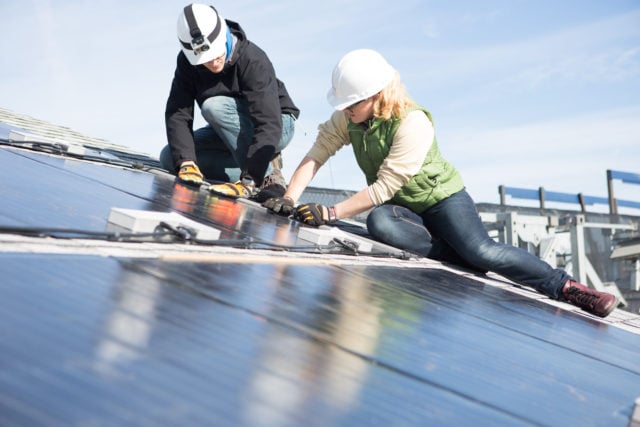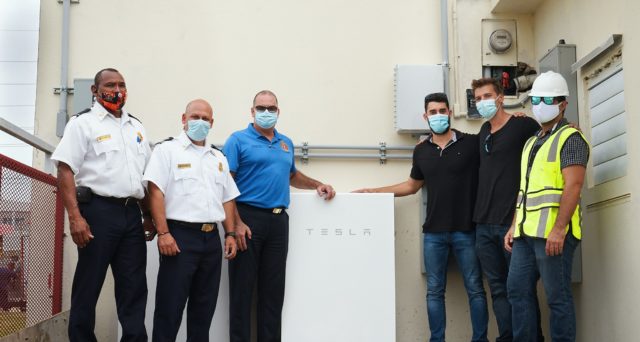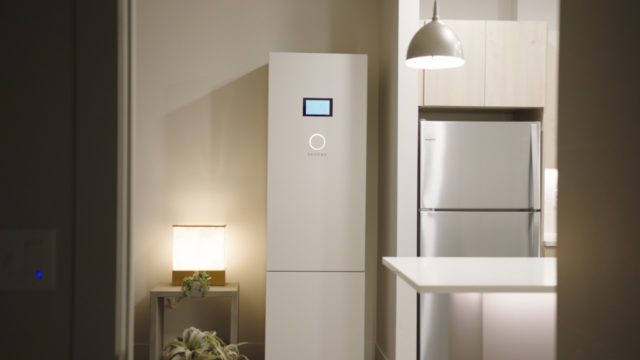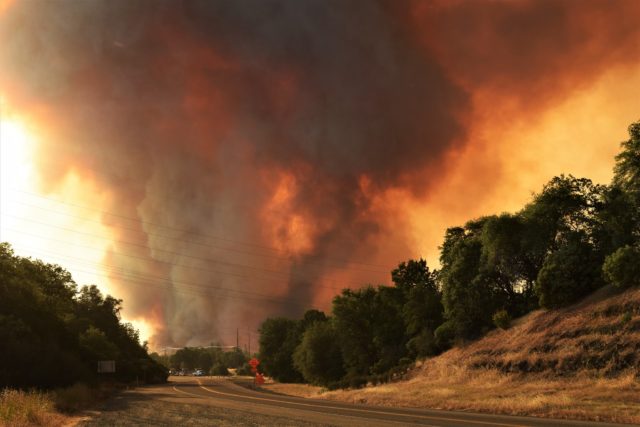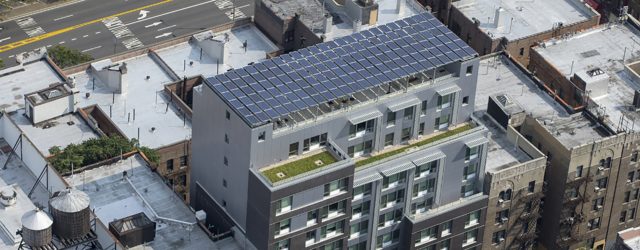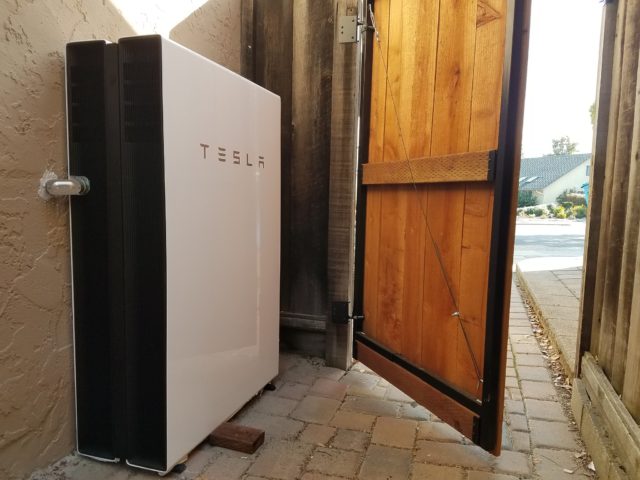Seth Mullendore
Interest in pairing solar with battery storage has surged over the past few years, largely driven by concerns about the reliability of the country’s outdated electric grid and the reality of increasingly severe power outages.
Despite the headwinds of the past year, Clean Energy Group and our partners have been able to make great strides in strengthening the energy resilience of frontline communities through our continuing work on the Resilient Power Project.
Clean Energy Group raises concerns about harmful NOx emissions from new industry plans to burn hydrogen in fossil fuel power plants; calls for pause in permitting proposals until independent public health investigations are conducted — particularly to study potentially dangerous air pollution impacts in environmental justice communities.
A new utility program in Massachusetts has dramatically changed the economic landscape for battery storage in the state and created a pathway to deliver the benefits of storage to affordable housing providers and residents.
The results are in from a new wind and solar study commissioned by California’s three big investor owned utilities. The main takeaway: solar paired with battery storage is just as reliable as conventional fossil fuel power plants when it comes to delivering power when the grid needs it most.
Are batteries the next must-have gadget for your home? A new housing development in Utah may serve as a model for how to make this prediction a reality.
Battery storage has become a key resilience technology in California, reflected in a major policy shift on the use of state incentives.
Energy storage capacity installed this year is expected to top 600 megawatts, more than double the amount of storage deployments in 2018, and annual deployment numbers are forecast to increase another sevenfold over the next five years. Unfortunately, only a small fraction of these storage installations have been developed to the benefit of underserved populations most in need of the economic and resiliency benefits that storage can provide.
California’s energy storage incentive program has been a great success, with more than 11,000 battery storage systems installed to-date. The problem is, it’s not reaching the state’s most vulnerable communities.





